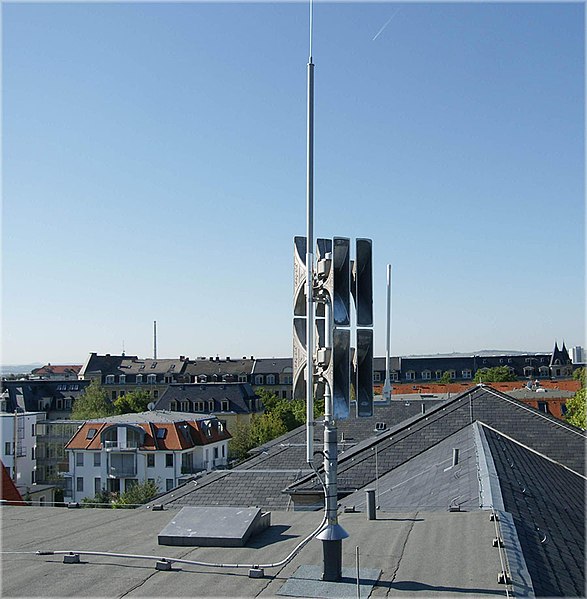The Emergency Alert System (EAS) is a national warning system in the United States designed to allow authorized officials to broadcast emergency alerts and warning messages to the public via cable, satellite and broadcast television and both AM, FM and satellite radio. Informally, Emergency Alert System is sometimes conflated with its mobile phone counterpart Wireless Emergency Alerts (WEA), a different but related system. However, both the EAS and WEA, among other systems, are coordinated under the Integrated Public Alert and Warning System (IPAWS). The EAS, and more broadly IPAWS, allows federal, state, and local authorities to efficiently broadcast emergency alert and warning messages across multiple channels. The EAS became operational on January 1, 1997, after being approved by the Federal Communications Commission (FCC) in November 1994, replacing the Emergency Broadcast System (EBS), and largely supplanted Local Access Alert systems, though Local Access Alert systems are still used from time to time. Its main improvement over the EBS, and perhaps its most distinctive feature, is its application of a digitally encoded audio signal known as Specific Area Message Encoding (SAME), which is responsible for the characteristic "screeching" or "chirping" sounds at the start and end of each message. The first signal is the "header" which encodes, among other information, the alert type and locations, or the specific area that should receive the message. The last short burst marks the end-of-message. These signals are read by specialized encoder-decoder equipment. This design allows for automated station-to-station relay of alerts to only the area the alert was intended for.

A Sage EAS ENDEC unit
A Required Monthly Test (RMT) transmitted in New Jersey on April 15, 2014, as shown on a television set
On January 13, 2018, a false alarm was issued warning of a missile threat to Hawaii.
Emergency population warning
An emergency population warning is a method where by local, regional, or national authorities can contact members of the public to warn them of an impending emergency. These warnings may be necessary for a number of reasons, including:Weather emergencies such as tornadoes, hurricanes, and ice storms.
Geological disasters such as earthquakes, landslides, volcanic eruptions, and tsunamis.
Industrial disasters such as the release of toxic gas or contamination of river water.
Radiological disasters such as a nuclear plant disaster.
Medical emergencies such as an outbreak of a fast-moving infectious disease.
Warfare or acts of terrorism.
Public warning system, Dresden, Germany
Horn for public warning system in Sweden
Electronic Whelen WPS-2750 Warning Siren in Milpitas, CA






